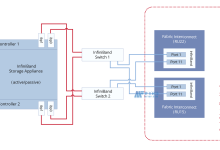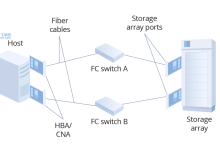If you’re a linux user, you’re probably familiar with the login process, where you enter your username and password to access the operating system’s features. However, logging in can be a tedious process, especially when you have to repeat the procedure multiple times a day. Fortunately, there are some simple user modifications you can take to transform your Linux login experience and make the process more streamlined and efficient.
The first step in transforming your Linux login experience is to allow login without a password. This will eliminate the need to enter a password each time you log in, allowing you to log in quickly and easily. To do this, open the Terminal window and type `sudo visudo`. This will open the sudoers file, which manages user privileges. Once this file is open, add a line containing the following code:
username ALL=(ALL) NOPASSWD:ALL
Make sure to replace ‘username’ with the name of the user you want to give this privilege to. Be sure to save your changes and exit the file before closing the terminal window.
The next step to simplify your Linux login experience is to set up an automatic login. To do this, open the terminal window and type `sudo gedit /etc/gdm3/daemon.conf`. This will open the gdm3 settings file. Scroll down until you find the ‘AutomaticLoginEnable’ entry and set it to ‘true’. Then, scroll down until you find the ‘AutomaticLogin’ entry and set it to the username of the user you want to automatically log in. Save your changes and exit the file, then reboot your system.
Another way to improve your Linux login experience is by setting a custom login screen. By default, the login screen on Linux shows a basic wallpaper and a text box for username and password. To set a custom login screen, open the Terminal window and type `sudo gedit /etc/gdm/custom.conf`. This will open the gdm settings file. Scroll down until you find the ‘Greeter’ entry and set it to ‘true’. Then, enter the path to your custom wallpaper to the ‘Background’ entry. Finally, save your changes and exit the file before closing the terminal window.
These simple user modifications can significantly improve your Linux login experience and make it more efficient. With these steps, you can eliminate the need for passwords, set up an automatic login, and customize your login screen for a more personalized experience.

 国外主机测评 - 国外VPS,国外服务器,国外云服务器,测评及优惠码
国外主机测评 - 国外VPS,国外服务器,国外云服务器,测评及优惠码












